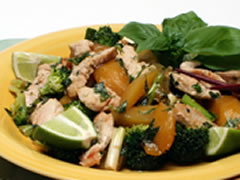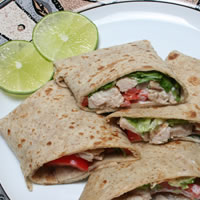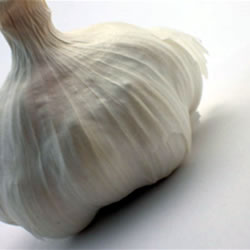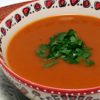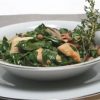You can enjoy going out to eat Japanese food if you want. It's easy! If you choose wisely and watch how much you eat, you can have a delicious meal and feel good too.
Look for the high fiber, low-fat dishes. Great choices are beans, peas and lentils, and dark green vegetables such as broccoli, cabbage, and spinach. When it comes to salad, go for the green bean or three-bean dishes, tofu salad, Chinese chicken salad or pasta salads mixed with vegetables. Choose whole grain foods such as brown rice, whole wheat bread, pasta or buckwheat noodles.
Choose veggies that are light on salad dressing, cheese or cream sauce. If you can, make your own dressing with a little olive oil and vinegar. If you love mayonnaise, try a low- fat or fat-free mayonnaise product. Everyone benefits from eating these foods, not just people with diabetes.
Vegetables and grains should fill up most of your plate. Choose small portions of lean meat, poultry or fish. Select grilled chicken without the skin and limit batter fried dishes such as foods cooked tempura style.
Rather than choose dishes that are high in fat and calories, try choosing healthier items using this little guide:
Say NO to:
- tempura
- tonkatsu (fried pork)
- torikatsu (fried chicken)
- butter mochi
Say YES to:
- miso soup*
- teriyaki dishes
- yakitori dishes*
- somen*
- soba
- sushi*
- sukiyaki
*Caution: these foods are usually high in salt
What's for dessert? It's hard to beat fresh fruits such as bananas, grapes and oranges. Fruit is an excellent source of fiber, vitamins and minerals, and has zero fat. Everyone, including people with diabetes, should eat three to four servings of fruit a day. Pies, cakes, pastries, and cookies are high in fat and cholesterol. If you can't resist, have a very small serving.
It's best to drink water, unsweetened tea or diet beverages. Add a wedge of lemon for flavor. If you choose to drink alcoholic beverages, limit your intake to no more than one drink a day for women, two for men, and drink only with a meal.
Eating the right foods to control your blood sugar means being prepared and planning ahead. If you need help putting together a meal plan, ask your doctor or nurse to refer you to a dietitian or diabetes educator.
NDEP



